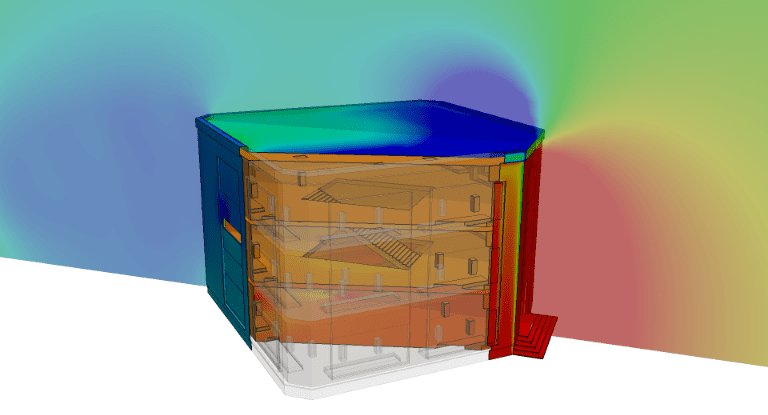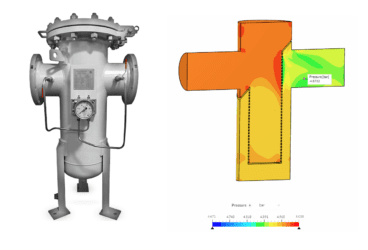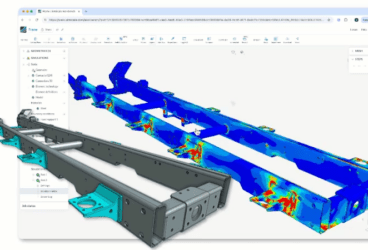Natural ventilation is the process of supplying and removing air through an indoor space without the use of a fan or another mechanical system. Also called passive ventilation, natural ventilation is driven by wind and stack effects based on temperature and pressure differences, as well as on outdoor wind speeds.
Mainly used for commercial buildings—such as offices, restaurants, sports halls or supermarkets—, natural ventilation can reduce energy costs and environmental impact while maintaining good indoor air quality and ensuring a higher level of comfort for occupants, especially when compared to mechanical air conditioning. Better indoor environmental conditions can have further benefits, such as higher worker productivity or reduced healthcare costs.
These are just some of the reasons why HVAC engineers and architects choose natural ventilation in the building design process. Although this decision can, in many cases, be the right one, it is often based on a few hand calculations and assumptions, without a proper engineering analysis to back it up. The proof of performance can be obtained with engineering simulation software, which is a practical and efficient tool to calculate the expected ventilation rates, the air distribution patterns or the temperature. To these factors, you must add the building’s position, wind exposure or entrance locations—all of which need to be tested.
Natural Ventilation Role of Engineering Simulation in Testing Natural Ventilation

Although it can save weeks of design time and thousands of dollars in costs, engineering simulation—especially CFD and FEA—has been, until recently, expensive to use. This is one of the key reasons why many engineers preferred to rely on hand calculations rather than invest over $40k in hardware and licenses for on-premises software.
In recent years, cloud-based solutions have challenged the status-quo, and SimScale is one of the companies leading the democratization of simulation or computer-aided engineering. SimScale makes very complex simulations easy and accessible via a standard web browser. With a free Community account that has no time limit or strings attached, this platform enables anyone in the world to set up and run simulations in parallel, and then post-process the results completely in the cloud, using only a normal laptop or PC and Internet connection.
Natural Ventilation Webinar Recording
In the webinar below, you can learn how CFD software in the cloud can help you virtually test your designs to develop a proper natural ventilation strategy for buildings, ensure occupant comfort as well as indoor air quality, save energy, and reduce the costs of building design, operation, and maintenance.
Watching it doesn’t require any simulation knowledge. As for the software needed to apply what you learn, SimScale provides free access to the Community account. Because SimScale is a cloud-based tool, the only things you need are a standard computer and Internet connection.


